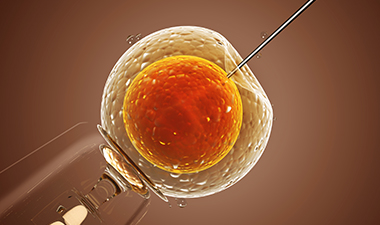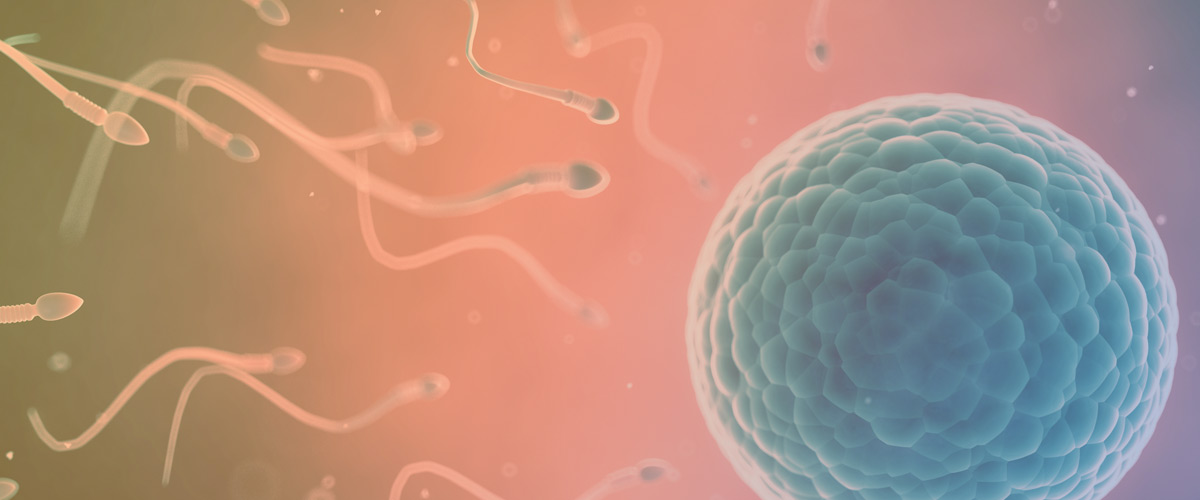Assisted reproduction
What is assisted human reproduction?
Assisted human reproduction (AHR) is defined as any procedure that involves the handling of eggs, sperm, or both, outside the human body. This includes artificial insemination, intrauterine insemination, in vitro fertilization, and ovarian stimulation (with medications). About 2-4% of pregnancies are now a result of AHR.
What is artificial insemination?
There are several treatments that may be referred to as artificial insemination. This can include the use of the partner’s own semen, which may be processed to select just the moving sperm, or the use of donor semen. Semen may be inserted into the vagina or cervix. Intrauterine insemination (IUI) is the insertion of washed sperm into a woman’s uterus using a long, narrow tube. This is helpful if the cause of infertility is related to scarring of the cervix, low sperm count, or sperm with low mobility. Success rates of this method vary depending on the cause of infertility.
What is in vitro fertilization?
 When an egg and sperm are put together outside the woman’s body, it is called in vitro fertilization (IVF). This can produce an embryo. The embryo is then placed into the woman’s uterus where it may implant and result in pregnancy. There are several steps in the process. The first step is the stimulation of ovulation, which is accomplished by injecting medications for 8-14 days. Once an egg matures, a health care provider retrieves the egg(s). If sperm are healthy, they are placed in the same dish as the egg(s) and left overnight in a special incubator. If the sperm are unable to penetrate the eggs, a single sperm may be injected into the egg using a needle. This is called ICSI (Intra-cytoplasmic sperm injection) and it is a highly specialized procedure. Finally, the embryo or embryos are placed in the woman’s uterus. Multiple pregnancy rates are higher when using IVF when more than one embryo is implanted. Because of the risks associated with multiple pregnancy, more and more clinics are routinely only implanting one embryo.
When an egg and sperm are put together outside the woman’s body, it is called in vitro fertilization (IVF). This can produce an embryo. The embryo is then placed into the woman’s uterus where it may implant and result in pregnancy. There are several steps in the process. The first step is the stimulation of ovulation, which is accomplished by injecting medications for 8-14 days. Once an egg matures, a health care provider retrieves the egg(s). If sperm are healthy, they are placed in the same dish as the egg(s) and left overnight in a special incubator. If the sperm are unable to penetrate the eggs, a single sperm may be injected into the egg using a needle. This is called ICSI (Intra-cytoplasmic sperm injection) and it is a highly specialized procedure. Finally, the embryo or embryos are placed in the woman’s uterus. Multiple pregnancy rates are higher when using IVF when more than one embryo is implanted. Because of the risks associated with multiple pregnancy, more and more clinics are routinely only implanting one embryo.
What is ovarian stimulation?
Ovarian stimulation is the use of medications to induce ovulation in women who are not ovulating. This may also be used to produce more frequent and predictable ovulation in women who do ovulate but have long and irregular cycles. These medications stimulate the maturation and release of multiple eggs. There is an increased risk of multiple pregnancy – twins or more – associated with ovarian stimulation.
What is egg freezing?
Egg freezing is a method to preserve eggs harvested from your ovaries, to be fertilized at a later date. The highest probability of a live birth in egg freezing programs occur when the eggs are collected before the age of 36. This process can be costly and fertilization rates vary. Little data is available on live birth rates after egg freezing.
What are the complications of AHR?
The majority of pregnancies that result from AHR are healthy. However, there are complications that can happen, mainly as a result of having multiples. These complications include preterm birth and low birth weight.

